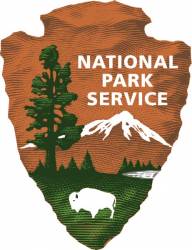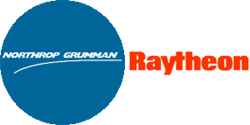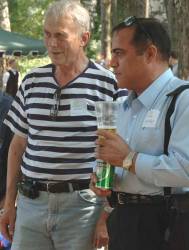
Park rangers in Death Valley National Park have begun calling it “death by GPS.” Visitors faithfully following their navigation devices turn down the wrong road or hike away from help and die before rangers can reach them.
But it really isn’t the GPS, it’s the maps in their navigation system’s database.
Park rangers in Death Valley National Park have begun calling it “death by GPS.” Visitors faithfully following their navigation devices turn down the wrong road or hike away from help and die before rangers can reach them.
But it really isn’t the GPS, it’s the maps in their navigation system’s database.
“People are blindly following this GIS [geographic information system] data,” Rick Hamilton, a member of the Civil GPS Service Interface Committee Executive Secretariat, told a September 13 session of the CGSIC. “[GIS-based navigation maps] are getting so good at tying Point A and point B together that they are blindly following this data down roads that barely exist, that were abandoned years ago.”
Drivers have died stuck on remote mountain roads or in deserts. Others have driven onto closed bridges, down animal trails, or into lakes — sometimes with disastrous results. The problem has gotten so bad that the U.S. Department of Transportation launched a campaign to mandate truck guidance systems that are different from automobile guidance systems to help keep them out of places that they’re are not supposed to be, said Hamilton.
Part of the problem is out-of-date maps and users who don’t know to update the maps. But many times critical information was never entered into mapping databases in the first place.
“It is not enough to just enter GIS data into GIS databases anymore. We need to attribute this data,” said Hamilton, who was speaking solely for himself. “We need voice-over software that will give us turn by turn directions that will identify the GIS data as to what it is – a private driveway, a treacherous mountain road or a goat path and warn the users when they make a turn that is not appropriate for the vehicle that they are in. People are dying.”
Speaking to the attendees he asked for their ideas on how to tackle the problem.
One audience member said it might be possible to crowd-source essential information by mining cellular data as long as privacy issues could be addressed
There is no formal mechanism set up yet for submitting ideas but Hamilton said people could contact him at rick.hamilton@uscg.mil.
“We need to find a way to do this. We need to engage GIS officials at the state, federal and county levels to find a way to attribute this data that they’re putting in there, (data) that people are using and just blindly following into danger.”





